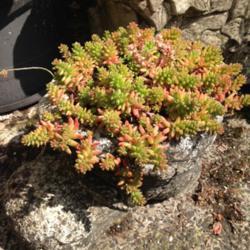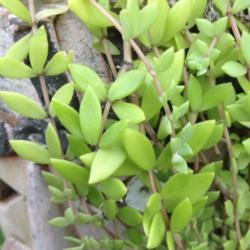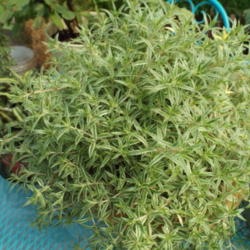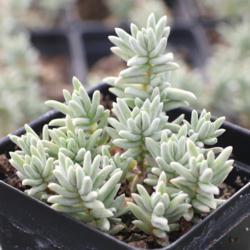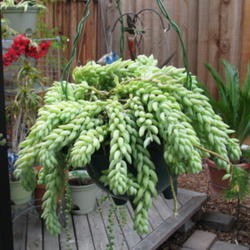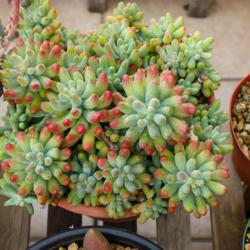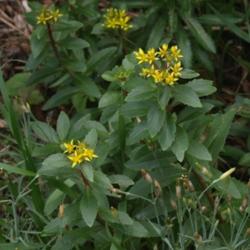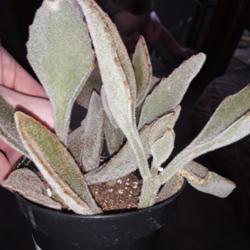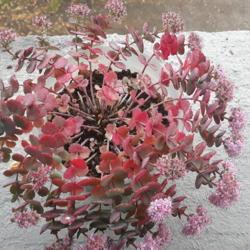GigiPlumeria said: This is great info! However for someone like me who can't tell the difference between a sedum and Echeveria, it would be nice to see "photo" reference on what you are saying here. This way, when we go to the store we have a general
Idea of what they look like.
What I really like about the sedum is there blooms look like stars. And I like the "trailing" and clumping look when they make those pups!
Good idea!
Sedum (new):
Most of the new sedum have round-type leaves, a few have the lance-shaped leaves. But, the leaves are still flat-ish.
Generic hardy sedum (3 examples):
This sedum is Sedum spathufolium; it looks somewhat like an Echeveria. Though it can be difrentiated -- this is extremely tiny compaired to most Echeveria, and it also has small stems and trails/clumps.
Hardy sedum (with the pointy leaves):
Flat-shaped leaves.
Unlike petrosedum; Sedum lineare's leaves are FLAT.
Not very hardy; sedum booleanum. One of the few rare occurances where the sedum is not flat-leaved (with the sharp tip-type)
Generic soft sedum:
Most of the soft sedum have super chubby leaves... very few flat pointy leaves. There are exceptions though!
Petrosedum:
This group has tubular, sharp=pointed leaves.
Phedimus:
All of the ones in this have scalloped leaves -- and most like to go dormant or need to be cut back.
Hylotelephium:
Mainly grown for blooms. Can be ID'ed by the upright (usually upright) bushy clumps. Sometimes confused with Kalanchoe -- but theres a difference with the petioles (The stem-like thingy that connects leaves to the stem).
Kalanchoe petiole: (They tend to have a skinny petiole which become wider)
Hylotelehpium photos:
Hylotelephium tend to go dormant, but do not 100% need to. They will go dormant and form BEAUTIFUL dormant rosettes, in the summer they will grow beatufiul flowers.
Flowers:
Dormant:
Sieboldii (variegated): One of the few more prostrate species....
Fall foilage:
Some other, smaller varieties (Mianly from the sunsparkler hybrids)
Another one:
flowe:
